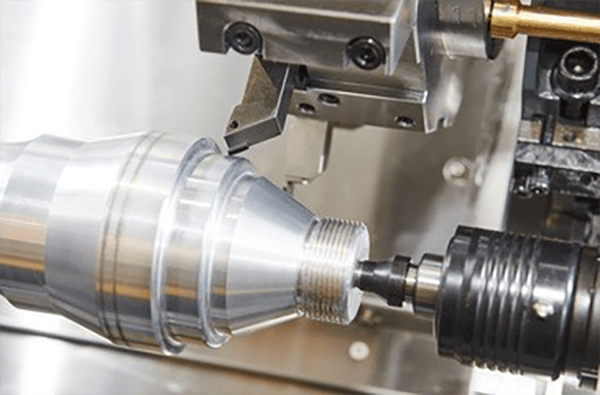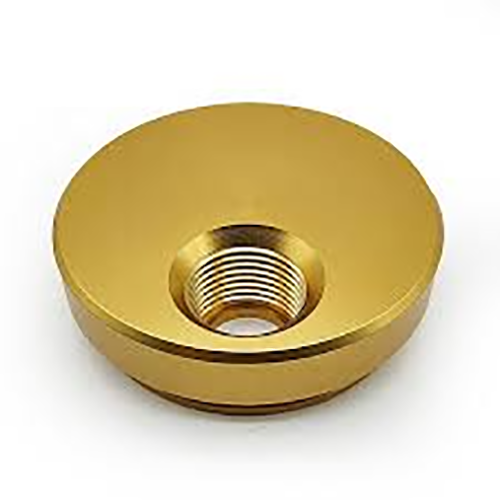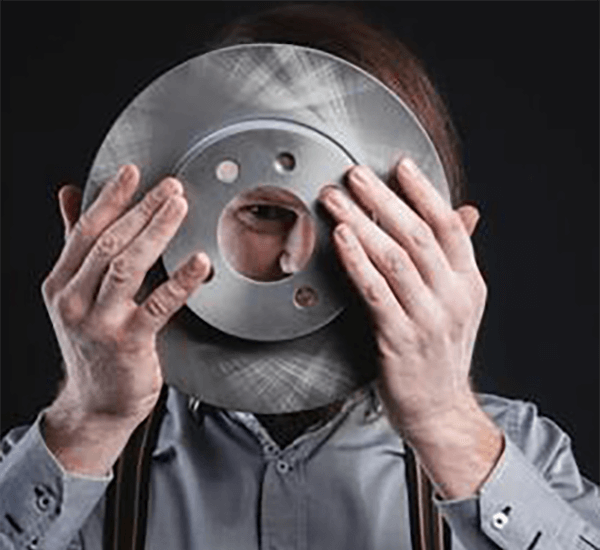
Achieving specified outer texture for a fabricated unit remains essential.
- Engineering annotations specify detailed surface expectations for components
- These callouts often use terms like "Ra," which stands for arithmetic mean deviation to quantify the surface roughness
- Familiarity with surface callouts is vital for achieving performance targets
- Clear finish specification affects lubrication behavior, sliding resistance, and lifespan
- Understanding the notation correctly yields the desired surface result
Precision Principles of CNC Machining

Robotic-assisted machining defines a modern manufacturing practice through automated code the equipment produces detailed patterns with tight tolerances.
- Automated machining allows fabrication of accurate parts from multiple materials
- Wide-ranging CNC applications encompass medical, electronics, and transport industries
- Machine-controlled machining secures stable repeatability for production lots
From early-stage prototyping through mass manufacturing CNC machining underpins modern fabrication
Understanding CNC Machine Specifications
Making sense of CNC specs can seem confusing on first pass
Still a modest foundation of know-how combined with structure allows navigating specs
Start with locating core parameters: spindle rpm, feed, accuracy, work envelope, controller
Each characteristic modifies the machine’s effective performance.
To illustrate, faster spindle rotation fits soft materials and quicker feed improves production rates.
Seeing these associations aids in selecting the correct machine for your use
Take time to inspect maker literature meticulously.
Vendor literature commonly contains useful guidance and explains terms
What is a CNC Machine? A Comprehensive Guide
CNC machines are specialized computer-controlled systems used in manufacturing for precise and automated fabrication of various materials Operation relies on parsing G-code directives to manage cutting devices and toolpaths.
- Examples of CNC types are vertical mills, CNC lathes, CNC routers, plasma cutters
- Fabrication techniques operate on ferrous, nonferrous, polymeric, and composite materials
- In addition these machines facilitate quick prototyping and short-run manufacturing for startups and labs
Understanding CNC Machinery
They illustrate synthesis of mechanical precision and computerized control logic Versatile machinery employs programmed code to autonomously produce simple parts and complex assemblies The core idea is converting digital blueprints into tangible parts.
- Software-driven machining
- CAD-to-CAM integration
It follows systematic positional moves controlled by code Technicians are essential for choosing cutting settings, supervising processes, and validating final quality.
The Role of Surface Finish in CNC Machining
Attaining target texture in CNC processes is critical It greatly affects the final product's performance as well as its aesthetics Substrate properties, machining variables, and post-process methods shape surface outcome.
Refined surfaces boost longevity; rough surfaces can diminish functional performance Programmed machining features assorted toolpaths and cutters to deliver specified finishes.
- Such as employing varied cutter geometries |carbide alloys|tool speed tuning to deliver finish
- Furthermore secondary operations such as polishing, grinding, or sanding enhance finish
Comprehending the connections between machining choices and texture secures better results.
CNC Fundamentals: Operations and Uses
Programmed machining provides accurate part shaping across multiple material types They execute coded toolpaths to create intricate parts repeatedly Understanding machine control, programming, and tooling choices is crucial for effective machining
CNC applications stretch across aerospace, automotive, medical device, and electronics industries From intricate parts for aircraft engines to precision molds for plastic injection CNC machines have become indispensable tools for producing high-quality products with complex geometries
Surface Finish Specification Guidelines
Precise surface specification proves essential in CNC machining It makes sure the product satisfies function and aesthetic demands Designers typically indicate finish using the Ra (roughness average) metric Expressed in units like µm or mils, the metric describes average roughness amplitude.
Balance smoothness needs with intended application when designating finish

Smooth textures are commonly specified for components demanding precise fits and tolerances
More pronounced surface profiles help applications relying on friction or traction
Utilize a clear and concise callout in your engineering drawings to communicate the desired surface finish List Ra value plus supplementary process guidance like polishing or coating.
Remember that effective surface finish callouts are key to achieving a successful manufacturing outcome
Categories of CNC Machines and What They Do
Numerical control machining comprises numerous machine types engineered for diverse applications They adopt CAD-to-CAM pipelines to steer cutting tools for precise part manufacture.
- Mills shape slots pockets and complex contours through rotary cutting
- Turning machines rotate stock to create symmetrical components efficiently
- Laser, waterjet, and plasma technologies suit intricate shapes and delicate workpieces
Decision factors include the part’s material, feature complexity, and tolerance specifications Every machine class brings specific strengths that serve sectors like aerospace and automotive.
Obtaining High-Quality Surface Finish with CNC
Attaining top-quality surfaces is critical in fabrication and CNC techniques facilitate that achievement By adjusting feed, rpm, and cutter geometry skilled staff shape chip flow and surface formation for better finishes Plus durable cutting materials and appropriate coolant control boost finish quality Deliberate machining strategies and exact setups enable production of components with excellent texture.
Securing Surface Finish Through CNC Programming
Skillful CNC programming directly impacts the final surface quality Combining feed, speed, and tool form strongly affects surface pattern and roughness Attentive parameter configuration alongside good coolant practice leads to superior surfaces.
- Additionally routine tool checks and upkeep maintain consistent finish quality Furthermore regular tool maintenance and inspection are essential for ensuring a consistent and high-quality surface what is meant by cnc machine finish over time Continuous tool maintenance and oversight preserve high finish consistency
- To improve surface outcome account for material, roughness target, and application
- Path simulation offers insights to adjust cutting settings and reduce defects
- Besides that systematic tool upkeep and monitoring ensure sustained surface quality
